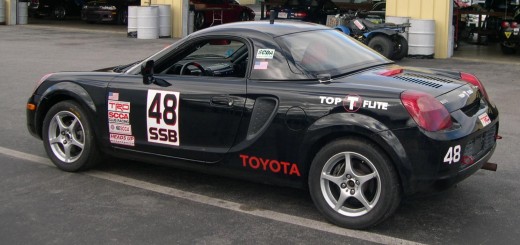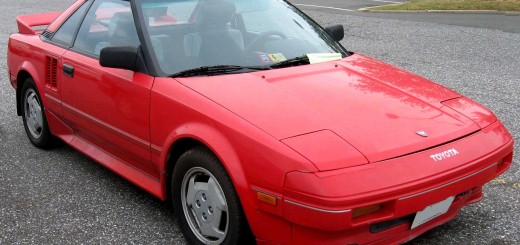Third Generation MR2
The third generation MR2 had three different names, depending on country; Toyota MR-S in Japan, Toyota MR2 Spyder in the United States, and the Toyota MR2 Roadster in Europe. With the previous MR2 having been in the market for almost ten years, it was time for it to move aside as Toyota released the new MR2, designated ZZW30. The new MR2 was a part of Toyota Project Genesis, a plan from Toyota to attract buyers from the younger age bracket in an effort to increase sales in the United States, being one of Toyota’s worse flops, the project quickly ended in 2001, when Toyota launched its successful marque, Scion. The car received a complete makeover compared to the two previous models. One of the biggest changes was the replacement of the solid, T-Top, and sunroof options with a true convertible soft top, giving the car the ‘Spyder’ designation. Due to a new car design rule from SAE (The Society of Automotive Engineers), the pop-up headlights as seen on SW20 had to be removed. It is the only Toyota MR2 generation to not be sold in Canada.

